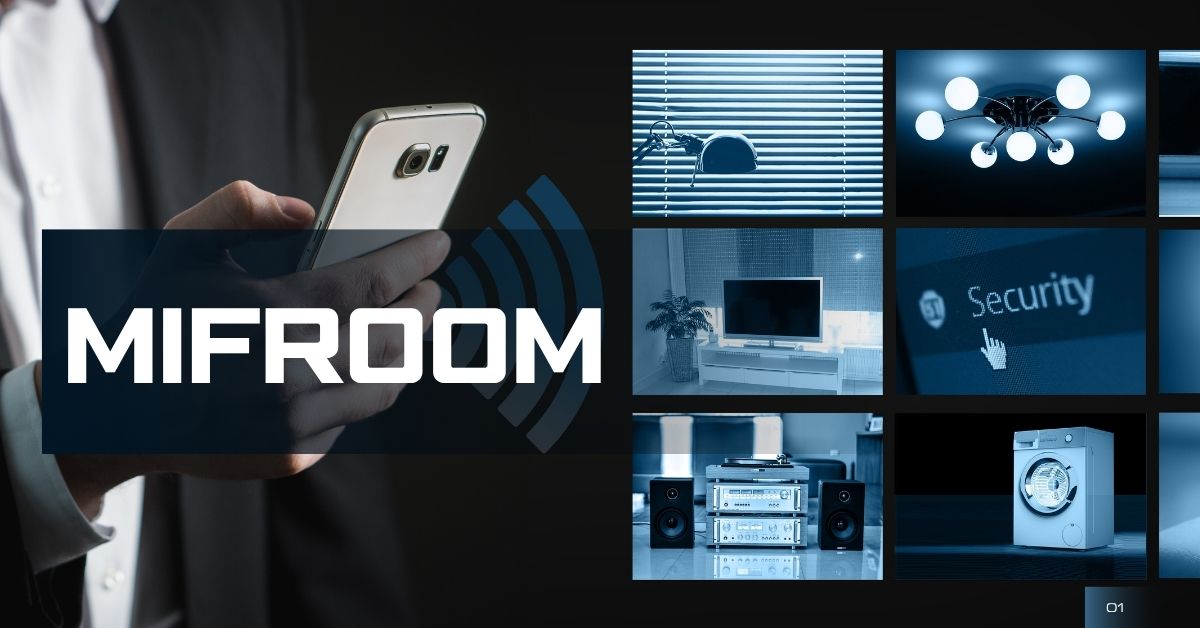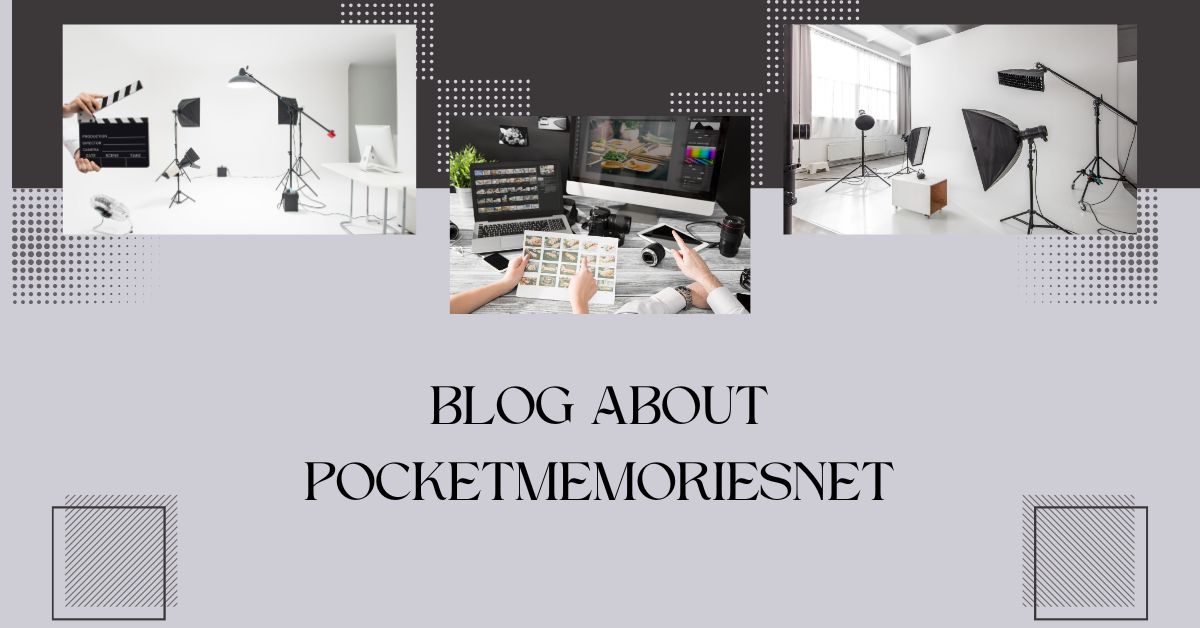Mifroom is emerging as a bold, forward-thinking player in the world of smart home design and digital lifestyle integration. In a time where the boundaries between technology and comfort continue to merge, Mifroom steps forward with an offering that emphasizes intelligent design, responsive architecture, and user-centered digital interaction. Unlike traditional interior firms, Mifroom blends technology, aesthetics, and human behavior to offer immersive digital interiors that speak to the future of urban living. With an eye toward sustainability and a heart anchored in innovation, the brand is gaining attention for reimagining what home and space mean in a post-digital world.
How Mifroom Integrates Technology with Interior Design
The core philosophy of Mifroom revolves around the fusion of artificial intelligence, spatial automation, and human-centric design. Every element, from lighting to acoustics to furniture placement, is optimized using digital data and user behavior analytics. Their system studies how individuals move, live, and interact in a space, then applies this information to configure environments that not only look good but function in sync with real-life needs. Mifroom does not sell furniture alone—it curates experiences. By incorporating machine learning and smart devices, it creates environments that adapt and evolve with the people who inhabit them, making everyday life more intuitive and connected.
Mifroom’s Sustainable Approach to Modern Living
Mifroom places environmental responsibility at the center of its design model. It uses materials that are ethically sourced, recyclable, and low-impact on the planet. Its digital blueprints are configured to reduce energy consumption by automating elements such as lighting, heating, and appliance usage based on occupancy and activity. This not only lowers the environmental footprint of the household but also contributes to substantial energy savings for users. Their focus on modular and reusable architecture means their designs can be adapted or expanded without complete overhauls, offering a smart, long-term solution for eco-conscious living.
Design Personalization Through Artificial Intelligence
One of Mifroom’s most compelling features is its ability to personalize spaces using artificial intelligence. The system collects data through non-intrusive sensors and user inputs, learning preferences related to temperature, light intensity, music choices, and even emotional moods. Over time, Mifroom crafts environments that automatically adjust to support well-being, productivity, or relaxation based on contextual cues. Whether it’s adjusting color schemes to improve sleep cycles or creating dynamic layouts for work-from-home transitions, the system makes personalization feel seamless. It’s not about choosing a preset style; it’s about evolving the space to mirror the user’s changing lifestyle and emotional landscape.
User-Friendly Platform and Customization Interface
Mifroom’s digital interface is designed to be accessible to all users, regardless of their tech proficiency. Through a sleek and minimal dashboard, users can visualize changes in real time, preview ambient settings, and activate automation routines with a single tap. The cloud-based infrastructure also allows cross-device synchronization, meaning you can manage your Mifroom experience from your phone, tablet, or desktop. Unlike traditional design software that often requires expert navigation, Mifroom is built with the end-user in mind—offering drag-and-drop tools, natural language prompts, and step-by-step guidance to make customization effortless and enjoyable.
Applications Beyond Residential Living
While most known for its impact on home interiors, Mifroom has also entered the commercial and public space arena. Offices, retail environments, and even wellness centers are starting to adopt the platform for its ability to enhance productivity, engagement, and customer satisfaction. In commercial settings, it enables spaces to adjust based on the time of day, occupancy rate, or specific events. For example, a conference room can shift from a collaborative brainstorming mode in the morning to a focused, dimmed presentation setting by afternoon—all automatically. This adaptability has made Mifroom a sought-after solution for businesses aiming to align physical space with digital workflows.
Affordability and Accessibility of Mifroom Technology
Mifroom believes that digital luxury should not be reserved for the elite. The company has structured its offerings into tiers, making it accessible for various income levels without compromising quality. Starter packages are available for small apartments or single rooms, while premium models cater to expansive homes or full-building integration. By eliminating traditional supply chains and working directly with smart tech providers, Mifroom manages to cut costs and deliver high-end functionality at competitive prices. Their approach is rooted in the democratization of digital living—making intelligent interiors a norm rather than a privilege.
Customer Support and Educational Resources
Understanding that transitioning to a tech-integrated home can be daunting for some, Mifroom invests heavily in customer support and education. Users have access to live chat, detailed video tutorials, community forums, and one-on-one design consultations. The brand also produces regular content in the form of blogs and webinars, teaching users not just how to use their system, but how to make better digital decisions about their living environment. Their commitment to ongoing support ensures users aren’t left to figure out the platform on their own but are guided through each phase of design and optimization.
Challenges and Future Potential of Mifroom
While Mifroom has positioned itself strongly in the market, it continues to face challenges such as ensuring data privacy, managing rapid technological updates, and expanding into global markets with different regulatory frameworks. However, these obstacles are balanced by the platform’s scalability and its ability to adapt to new technologies. The company is currently investing in blockchain integration for secure data control and exploring augmented reality features for a more immersive design experience. As smart homes become the global standard, Mifroom is poised to not only keep up with trends but to lead them.
Conclusion
Mifroom is not just a design platform—it’s a lifestyle revolution. By bridging the gap between digital intelligence and interior aesthetics, it empowers users to live more efficiently, comfortably, and sustainably. With its emphasis on personalization, automation, and user-centric innovation, Mifroom offers a glimpse into the future of intelligent spaces. It is reshaping how we interact with our environments and how those environments respond in return. For anyone looking to elevate their living or working space through smart, intuitive, and sustainable design, Mifroom offers a powerful, future-ready solution that adapts to both your home and your habits.
FAQS
What is Mifroom used for?
Mifroom is a smart interior design platform that personalizes living spaces using technology.
Is Mifroom only for homes?
No, Mifroom is also used in offices, retail, and wellness environments.
Do I need technical knowledge to use Mifroom?
No, the platform is designed to be user-friendly and requires no coding or tech background.
Can Mifroom help reduce energy bills?
Yes, it automates systems to minimize energy use and lower utility costs.
Is Mifroom available worldwide?
Mifroom is expanding globally and available in select countries with plans for further rollout.





